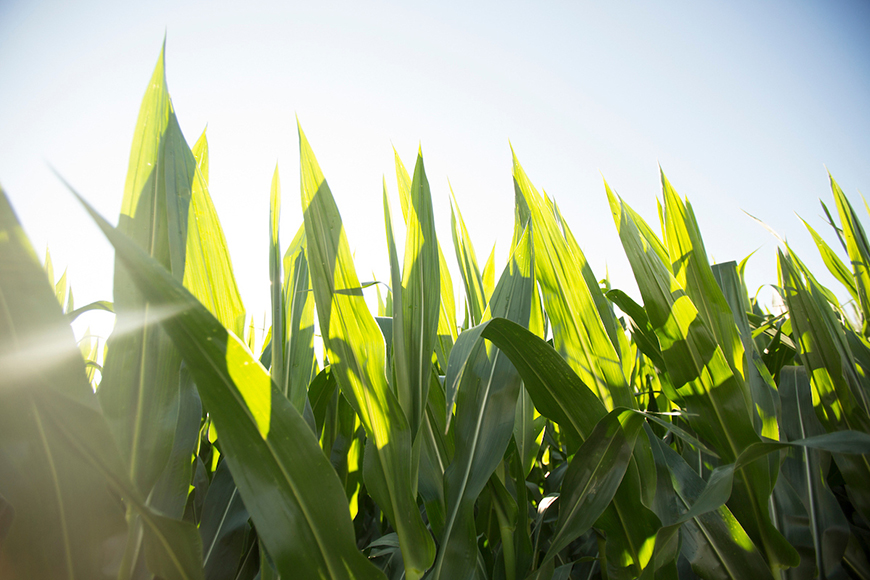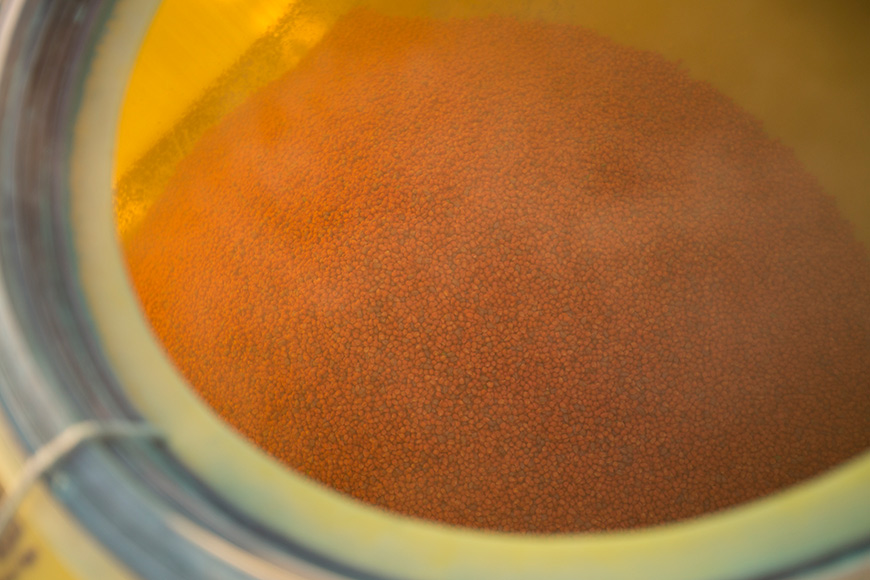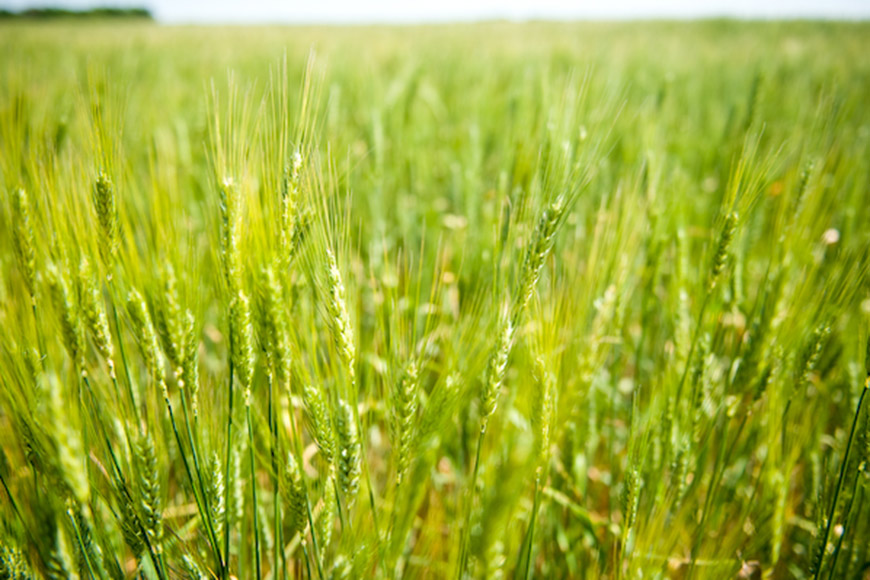Evaluating a New Nutrient-timing Tool

Arrowwood Prairie Co-op is a full-service ag retail facility with three locations in western North Dakota. Royce Carlson started the cooperative’s precision agriculture program shortly after his arrival six years ago.
I invited Royce to participate in a pilot program for the new R7® Field Forecasting Tool (FFT) by WinField United — a crop modeling solution that uses historical weather data, field-specific information and tissue sampling results to help farmers determine optimal timing and rates for nutrient applications. The FFT essentially combines all of this information about a particular field and puts it into a visual format, so farmers can see what they need to do to close the yield gap and meet production goals.
Royce worked with three farmers to test the tool on the most productive zones of 12 fields this year. Final yield results will tell how the FFT fared overall this season at Arrowwood, but Royce shared a few insights that have come to light so far.
1. Increased the number of side-dress nitrogen applications.
Side-dressing is done quite early in this area (usually starting by V5), and during the FFT pilot, farmers used the tool extensively to determine the best dates for side-dress applications as well as optimal rates. This season, Arrowwood doubled its number of side-dress acres from 1,000 to 2,000.
Of note, those using the FFT saw that the corn crop was asking for nitrogen later in the season compared to when most farmers had been applying it.
2. Empowered high-volume corn farmers to go farther.
The FFT is targeted toward corn farmers who want to close the yield gap through in-season management practices, and those involved in the pilot were game to do whatever it took to push yield potential.
“These growers’ cornfields are already producing well above the average yield around here,” said Royce. “The FFT is for the farmer who wants to produce the most corn possible. And this is one more tool to help that farmer take things a step higher.”
I would add that, given our area’s dry spring, the FFT identified subsoil moisture that the farmers involved in the pilot would probably otherwise not have been aware of.
3. Gave the cooperative another differentiator.
Offering the FFT gave farmers another reason to patronize Arrowwood Prairie Co-op at decision-making time, said Royce. “If we could prove that this is a valid tool that could help them make good decisions, that’s one more reason for them to come to us. It’s another tool in our toolbox that other cooperatives don’t have.”
A digital platform that aggregates a lot of information and uses it to produce actionable insights is something that was new to everyone. Farmers justifiably wondered, “Will this work?” But they saw the potential, and they were excited. WinField United looks forward to receiving postharvest feedback from the multiple cooperatives involved in the pilot program. And Royce believes the verdict will soon be in from his three FFT pilot farmers.
“Everybody is a little hesitant with new technology,” said Royce. “But the proof will be in the pudding when the combining is done. I think we’ll have some pretty happy growers.”
Check out this recent article from Farm Industry News for more information about the FFT.
I invited Royce to participate in a pilot program for the new R7® Field Forecasting Tool (FFT) by WinField United — a crop modeling solution that uses historical weather data, field-specific information and tissue sampling results to help farmers determine optimal timing and rates for nutrient applications. The FFT essentially combines all of this information about a particular field and puts it into a visual format, so farmers can see what they need to do to close the yield gap and meet production goals.
Royce worked with three farmers to test the tool on the most productive zones of 12 fields this year. Final yield results will tell how the FFT fared overall this season at Arrowwood, but Royce shared a few insights that have come to light so far.
1. Increased the number of side-dress nitrogen applications.
Side-dressing is done quite early in this area (usually starting by V5), and during the FFT pilot, farmers used the tool extensively to determine the best dates for side-dress applications as well as optimal rates. This season, Arrowwood doubled its number of side-dress acres from 1,000 to 2,000.
Of note, those using the FFT saw that the corn crop was asking for nitrogen later in the season compared to when most farmers had been applying it.
2. Empowered high-volume corn farmers to go farther.
The FFT is targeted toward corn farmers who want to close the yield gap through in-season management practices, and those involved in the pilot were game to do whatever it took to push yield potential.
“These growers’ cornfields are already producing well above the average yield around here,” said Royce. “The FFT is for the farmer who wants to produce the most corn possible. And this is one more tool to help that farmer take things a step higher.”
I would add that, given our area’s dry spring, the FFT identified subsoil moisture that the farmers involved in the pilot would probably otherwise not have been aware of.
3. Gave the cooperative another differentiator.
Offering the FFT gave farmers another reason to patronize Arrowwood Prairie Co-op at decision-making time, said Royce. “If we could prove that this is a valid tool that could help them make good decisions, that’s one more reason for them to come to us. It’s another tool in our toolbox that other cooperatives don’t have.”
A digital platform that aggregates a lot of information and uses it to produce actionable insights is something that was new to everyone. Farmers justifiably wondered, “Will this work?” But they saw the potential, and they were excited. WinField United looks forward to receiving postharvest feedback from the multiple cooperatives involved in the pilot program. And Royce believes the verdict will soon be in from his three FFT pilot farmers.
“Everybody is a little hesitant with new technology,” said Royce. “But the proof will be in the pudding when the combining is done. I think we’ll have some pretty happy growers.”
Check out this recent article from Farm Industry News for more information about the FFT.





